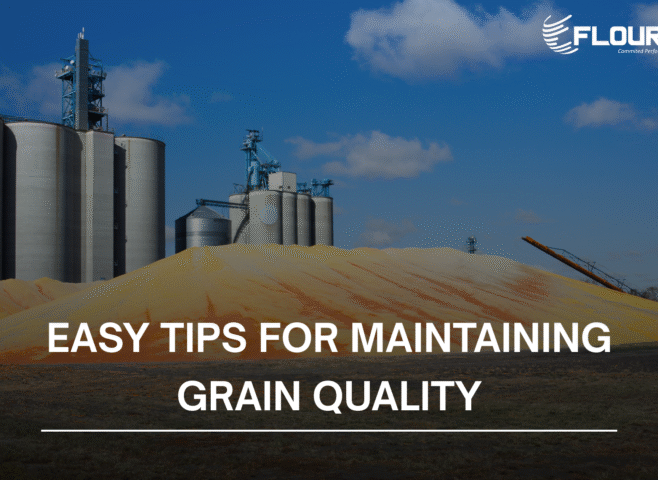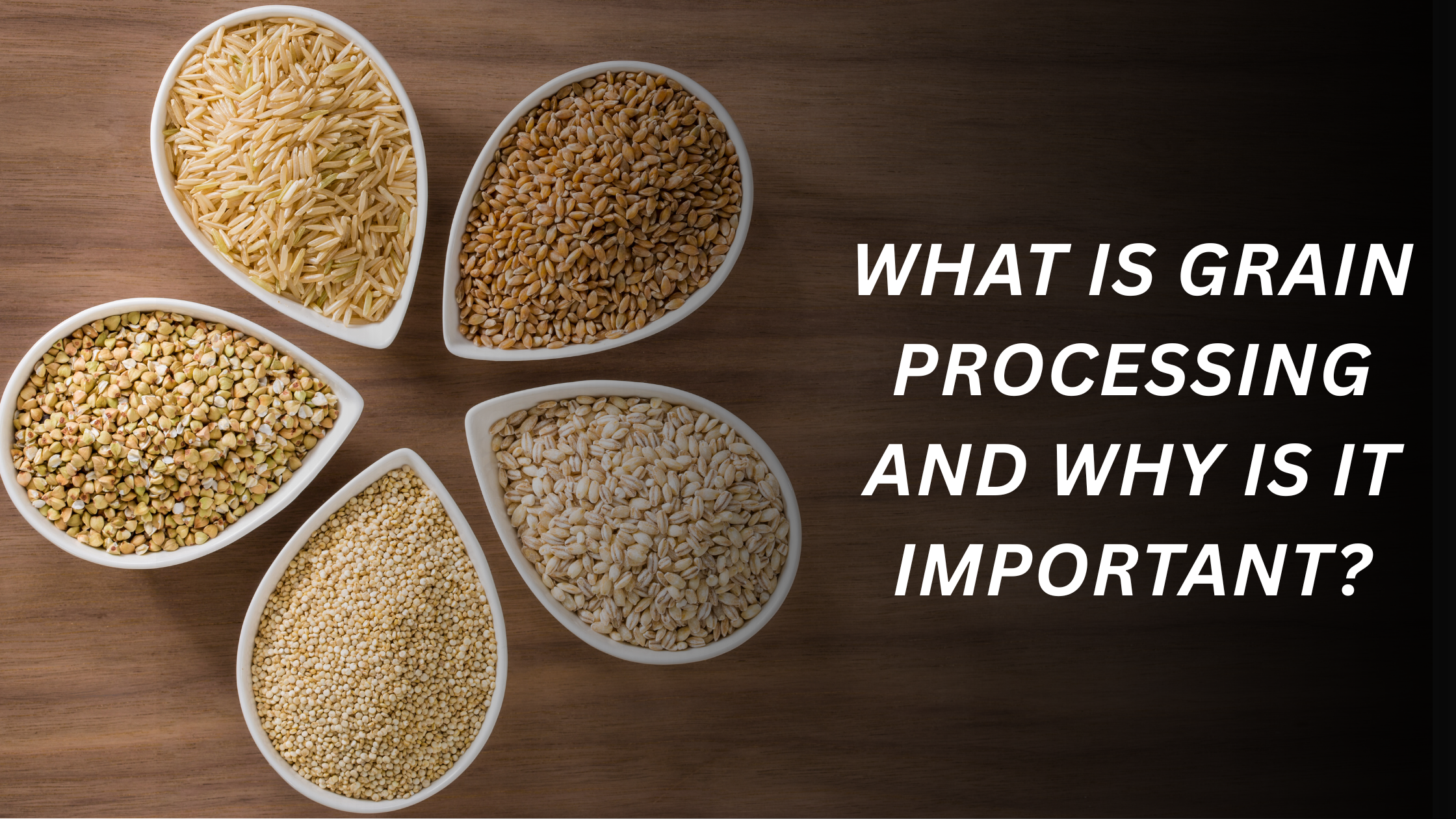When it comes to processing grains like rice, wheat, or maize, etc, quality matters a lot. Stones, dust, and heavy impurities are unacceptable in any food or seed processing. That’s why cleaning grains is one of the first and most important steps in grain processing. A key machine that does this job efficiently is called a destoner.
Let’s take a closer look at how destoners work and why they are so important.
What is a Destoner?
A destoner is a machine used to remove heavy or large impurities from grains. These impurities can include stones, metal pieces, soil clumps, or broken grains. The main idea is simple: heavier particles are separated from the lighter grains.
Using a destoner has many benefits. It improves the quality of grains, protects expensive processing machines from damage, and ensures the final product is safe for consumption.
Where Are Destoners Used?
Destoners are used in the processing of rice, wheat, maize, pulses, seeds, spices, coffee, cocoa, nuts, and animal feed to remove stones and heavy impurities, ensuring cleaner, safer, and higher-quality output across all grain and food processing stages.
How Does a Destoner Work?
Destoners use a combination of vibration, gravity, and airflow to separate grains from heavy impurities. Here’s a simple explanation:
- Vibrating Deck: Grains mixed with impurities are spread on a slightly sloped, vibrating platform. The vibration helps the heavier particles, like stones, sink to the bottom while the lighter grains stay on top.
- Airflow: A controlled flow of air passes through the grains. The air helps lift any light impurities while the heavy stones slide down the deck.
- Separation: Clean grains and heavy impurities are collected separately at the end, usually through different chutes.
This process ensures that only clean, high-quality grains are selected for further processing.
The Main Parts of a Destoner
Even if you’re not a machine expert, it will help you to know the main parts of a destoner:
- Feed Hopper: Where the grains enter the machine. It maintains a steady and controlled feed.
- Vibrating Deck: The sloped platform that separates heavy and light particles.
- Air System: Helps lift lighter impurities and improve separation.
- Discharge Chutes: Separate exits for clean grains and removed impurities.
- Drive System: The motor or mechanism that makes the deck vibrate.
All these parts work together to make sure grains are cleaned efficiently and safely.
Why Using a Destoner is Important
Using a destoner has several benefits for grain processing:
- Better Grain Quality: Stones and impurities are removed, leaving clean and visually appealing grains
- Protects Machines: Stones can damage grinders, mills, and conveyors. Destoners prevent this.
- Saves Time and Money: Clean grains are easier to process, reducing delays and maintenance costs.
- Consumer Safety: Stones and harmful materials are removed, making grains safe to eat.
- Versatility: Modern destoners can clean wheat, rice, maize, pulses, and even seeds.
Things That Affect How Well a Destoner Works
Some factors can affect the efficiency of a destoner:
- Moisture in Grains: Wet grains may stick together and reduce separation. Properly dried grains work best.
- Feed Rate: Too many grains at once can make the destoner less effective. A steady flow works best.
- Deck Settings: The angle and vibration of the deck need to be set correctly for different grains.
- Airflow: Adjusting the air pressure and volume helps separate impurities effectively.
Conclusion
Destoners are essential for delivering clean, high-quality grains while protecting downstream equipment and ensuring smooth operations. By effectively removing stones and heavy impurities, they enhance both safety and efficiency in grain processing.
At Flourtech, we engineer advanced destoners designed for maximum precision, durability, and performance across all grain types.
Upgrade your plant with Flourtech Destoners — for cleaner grains and smarter processing. +91 98726 33110 | info@flourtech.in.



